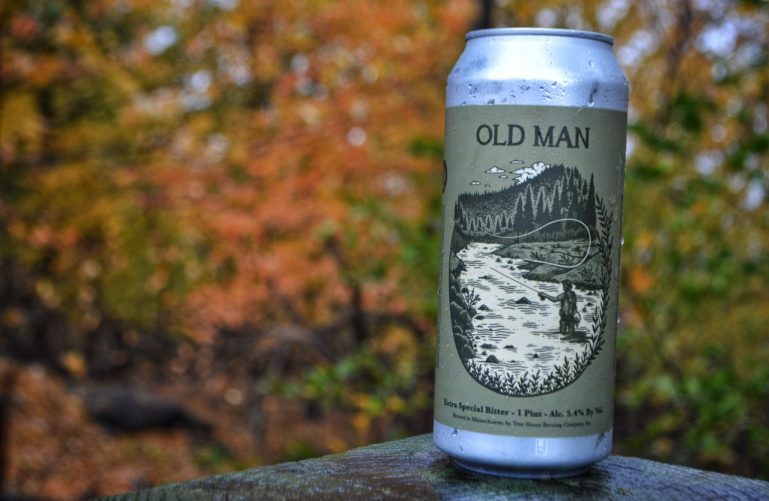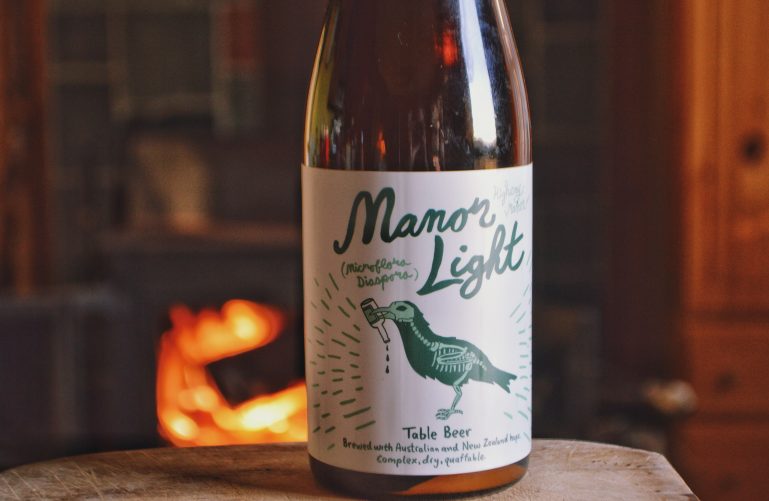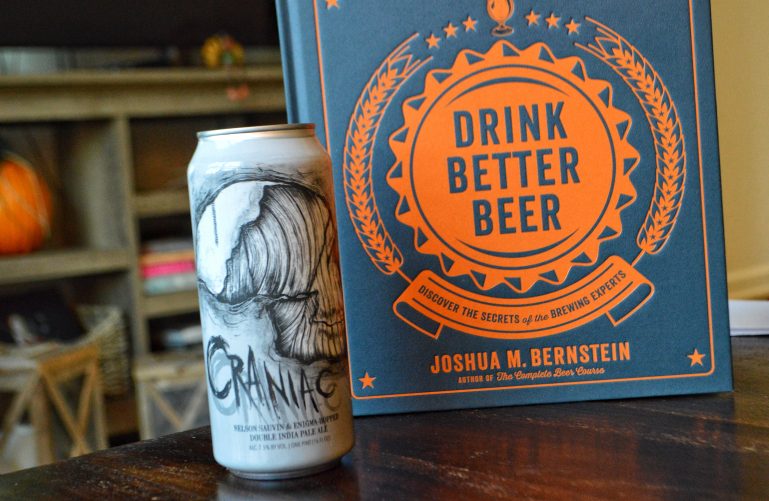Kveiks: A Norwegian Farmhouse Ale Tradition

Burnt City’s ‘Kveik Minded’ meets my local farmhouse.
Don’t be scared by the unique ‘kv’ combo; beers fermented with strains of kveik (pronounced like “like”) are slowly making their way onto the craft beer scene. Kveik refers to various strains of Norwegian farmhouse yeast that have recently been catalogued and propagated by big time yeast labs like Omega. These strains have been passed down through generations of Norwegian farmhouse brewers, and it’s only been recently that any effort has been put into their collection to preserve their legacy on the global scale.
What makes these yeast strains so special? They produce bold fruity characteristics (esters) at higher temperatures (up to 90 degrees) with virtually no spicy (phenolic) characteristics that you’d find in Belgian yeast strains. These notes of citrus, tropical fruits and florals created by kveik mimic the hop flavors that are all the rage these days, which may help reduce the amount of hops used to create “juicy” IPAs. Hop cultivation puts a large strain on the environment and hop costs play a large role in the higher price tag associated with craft IPAs, so utilizing strains of kveik has the potential to be a real win-win situation. Additionally, kveik fermentation requires less yeast starter cells which, theoretically, could reduce production costs some more.
How does Burnt City’s ‘Kveik Minded’ showcase kveik? Incredibly well. Bold notes of orange and lemon mingle with pineapple, hay and grass. There’s just a touch of farmy funkiness to create a rustic character reminiscent of brettanomyces. Smooth drinking with a dry finish, Kveik Minded stands out as one of my favorite beers of the year.
Fun Fact: One of the methods that Norwegian brewers used to collect and store their yeast is called a kveikstokk (yeast log). A piece of wood had holes drilled into it and was dipped into the fermenting beer to collect yeast. Once removed, it was rolled in flour, dried and dipped again. This process repeated a few times until the brewer was satisfied they had saved enough yeast for another batch of beer.
Want to learn some more? Check out this great article over at Draft Magazine!


